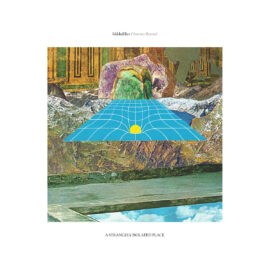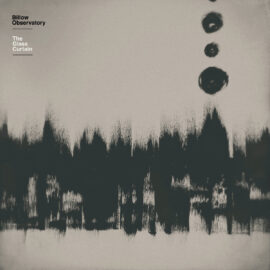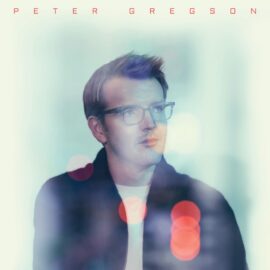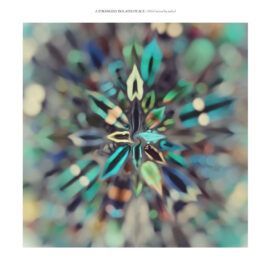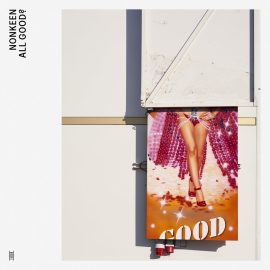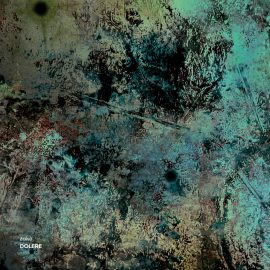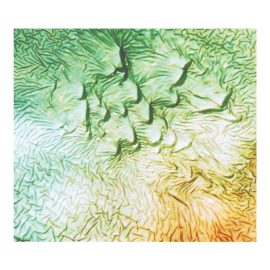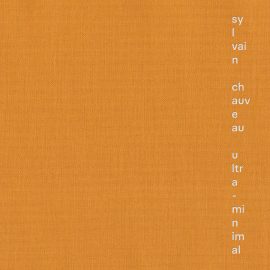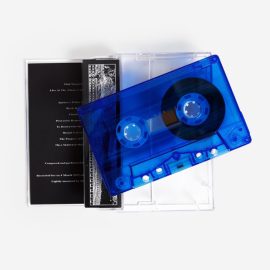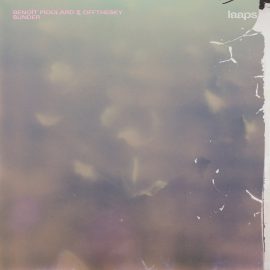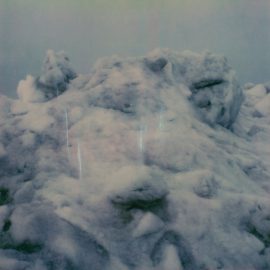 Tropic of Cancer Restless Idylls Blackest Ever Black Camella Lobo’s latest solo release as Tropic of Cancer continues her melancholy trajectory of post-everything gloom. It’s a much more cohesive album than her previous mini-album, 2012’s The End of All Things, which still had some holdovers of her time recording as a duo with Juan Mendez (a.k.a Silent Servant). Consisting of 8 tracks over 40+ minutes of playback, it’s the longest collection of music I’ve heard yet from the project, but it floats by like a dream. The arrangement of plodding, simple drums, bass guitar, and persistent synth pads immediately reminds me of The Cure’s 1981 album Faith. The other logical touchpoint to me is vintage Factory Records, including the most sedate and stripped down Joy Division or early New Order tracks (the tiny drum machine loops that ground “Hardest Day” or the more reverberated toms of “Wake the Night,” especially). I suppose one minor note could be that Lobo’s sound is so uniform as to be a bit monochromatic (in this case, the color is a dismal grey, despite the vibrant palette of the cover art), but somehow that reinforces the entire Tropic of Cancer aesthetic. One of the real highlights is the ever so slightly darker edge of “The Seasons Won’t Change (And Neither Will You),” with its harrowing bassline and ghostly vocals. Much like Liz Harris’s vocals for Grouper, I rarely can even make out Lobo’s lyrics at all, but I also question whether that even matters; Restless Idylls is more of a mood or a state of mind than a set of songs to me, one in which it’s well worth immersing yourself.
|
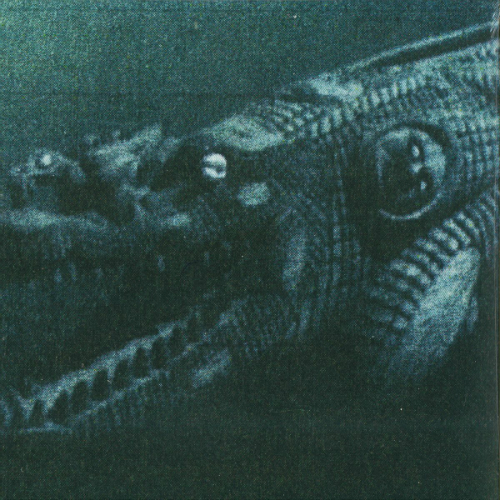 Rainforest Spiritual Enslavement Black Magic Cannot Cross Water Blackest Ever Black This 2012 work by Hospital Productions head honcho Dominick Furnow (aka Prurient, Vatican Shadow, Exploring Jezebel and River Magic among a dozen others) might be my favorite of his that I’ve heard. It’s a stark, ambient album split into 2 concise halves (under 30 minutes total running time), and based on how it sounds I’d refer to the first half as the “dry side” and the other as the “wet side.” The dry side begins with a faint descent into the void, minimal electronics immersed in deep reverb; its 15 minutes are divvied up into thirds, with the first being the most minimal, before some synths a tinge darker than John Carpenter enter the mix. There’s an ebb and flow to the ambience of this music that makes it feel like a dark, buoyant sea, appropriate for a track called “Homes Built Over the Sea.” So there is a dryness implied by its title as well as its sound, eventually shifting focus toward punctuated synth tones and oscillating drones. The “wet side,” “Refuges From Black Magic,” begins where the first left off only to introduce a steady stream of rainfall which never relents. It shares a similar arc with the other half, shifting between murky, almost opaque atmosphere and touches of sub-bass rumble. It’s a far cry from Furnow’s more confrontational sounds as Prurient or Exploring Jezebel, but extremely effective. It’s both pitch black and somehow non-threatening, the peaceful center of a brutal storm. Blackest Ever Black reissued the remastered album on vinyl in 2013, but you’ll have a much easier time finding the digital version.
|
|
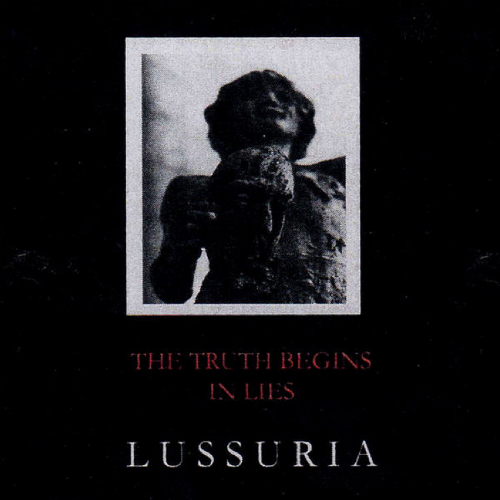 Lussuria The Truth Begins in Lies Hospital Productions Lussuria is one of the dark horses running with the Hospital Productions label. His/her/their sound is dark and severe, with a cold impression that recalls the dark ambient heyday of Roger Karmanik’s Cold Meat Industry label. The Truth Begins in Lies was originally issued on cassette in 2012, but it’s seen a new digital issue that makes the music more readily available. This version is still split into two sides, so to speak, with a few pieces that blend together in each main track. The sound conjures up images of a post-apocalyptic dystopia, hazy with fog and decay. But it’s not all bleak: “La Verita Comincia Dalle Bugie” has a long passage of airy, repetitive pads that suggest renewal. “Pray at the Tomb of Blessed Mother Cabiria” is an extended assortment of dismal drones over an almost maddening pattern of telephone touch tones. This pattern persists even after a thick layer of post-industrial grime coats it, giving it an uncomfortable edge. The repetition of “Pray at the Tomb” is simultaneously fascinating and unnerving; that balance of unpleasantness and something almost serenely bleak is at the core of this music.
|
 Raime Hennail Blackest Ever Black Two tracks from the ghostly duo known as Raime, who are the same people behind the Blackest Ever Black label. I liken their music to the spooky post-punk that pre-dated goth rock, channeling the cool vibe of Joy Division and The Cure at their most ghostly. Martin Hannett would likely approve of their aesthetic with its spacious, crisp production. But what then of its plodding repetition and reverberated samples? That sort of thing that takes me back to the early days of Cold Meat Industry once again, or Projekt’s “darkambient” releases… in a very, very good way, mind you! I think I prefer the 2nd track for that reason. “You Will Lift Your Frame Clear” combines rhythmic repetition with a wandering sort of series of pads and samples in a way that feels stately and classic. “Told and Collapsed” on the other hand is through and through “All Cats Are Grey” styled pre-goth sparseness, until taut currents of feedback and effects ripple through its final stretch; vocal yelps punctuate it with some added drama as well. It’s a cool timeless sort of sound, throwing back to that pivotal post-punk era with oblique references to what’s followed.
|
|
blackesteverblack.blogspot.com | hospitalproductions.net
©
All words by Matthew Mercer of Ear Influxion
Additional editorial by HC


